Home>Gardening & Outdoor>Landscaping Ideas>What Grass Stays Green In Winter
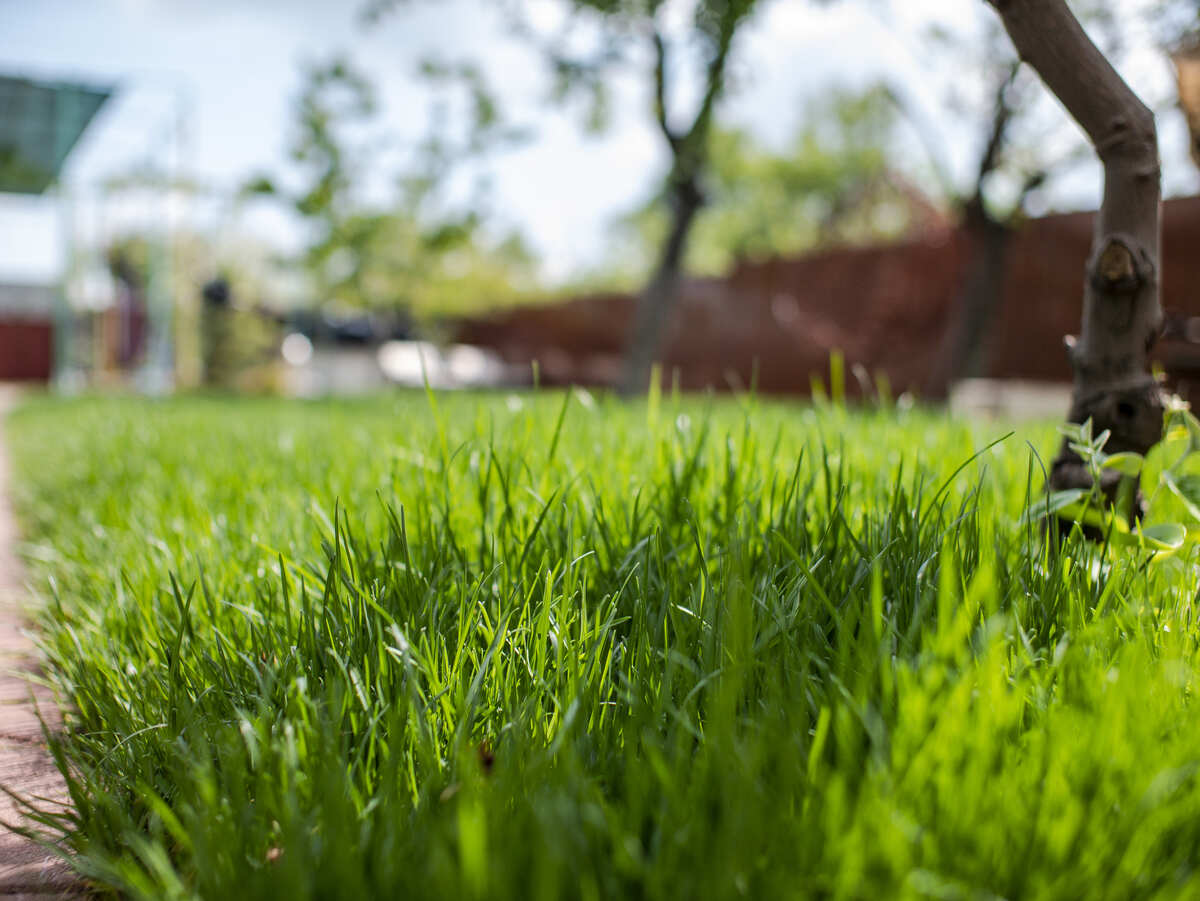

Landscaping Ideas
What Grass Stays Green In Winter
Modified: March 29, 2024
Discover the best landscaping ideas for winter with our guide on what grass stays green in winter. Keep your lawn looking lush and vibrant all year round.
(Many of the links in this article redirect to a specific reviewed product. Your purchase of these products through affiliate links helps to generate commission for Storables.com, at no extra cost. Learn more)
Introduction
Welcome to the wonderful world of winter grass! As the chilly embrace of winter sets in, the lush green lawns of summer may seem like a distant memory. However, with the right knowledge and care, you can keep your outdoor spaces vibrant and inviting even during the colder months. Understanding the nuances of winter grass is essential for maintaining a verdant landscape throughout the year.
Winter grass offers a unique opportunity to add color and life to your surroundings when most plants are dormant. Whether you’re a homeowner, a landscape enthusiast, or a professional gardener, learning about the different types of winter grass and how to care for them can elevate the beauty of your outdoor spaces during the winter season.
In this comprehensive guide, we’ll delve into the fascinating world of winter grass, exploring its characteristics, the best types for different climates, and essential maintenance practices. By the end of this journey, you’ll be equipped with the knowledge and inspiration to transform your outdoor areas into captivating winter wonderlands.
Key Takeaways:
- Winter grass, also known as cool-season grass, stays green and vibrant during the colder months, defying the bleakness of winter and adding color to outdoor spaces.
- Kentucky bluegrass, fescue, ryegrass, and bentgrass are popular types of winter grass, each with unique characteristics and adaptability to different climates.
Read more: What Kind Of Grass Stays Green Year Round
Understanding Winter Grass
Winter grass, also known as cool-season grass, thrives in regions with cold winters and moderate summers. Unlike warm-season grasses that flourish in the heat of summer, winter grasses are characterized by their ability to stay green and vibrant during the cooler months. Understanding the unique traits of winter grass is crucial for nurturing a resilient and visually appealing lawn throughout the year.
One of the key attributes of winter grass is its adaptability to lower temperatures. This resilience enables it to maintain its green hue even when the mercury drops, providing a refreshing contrast to the dormant landscape. Additionally, winter grass tends to have a finer texture compared to warm-season varieties, lending a velvety and luxurious appearance to lawns and outdoor spaces.
Another remarkable aspect of winter grass is its capacity to recover quickly from damage. Whether it’s due to foot traffic, inclement weather, or other stressors, winter grass has a remarkable ability to bounce back, retaining its lush appearance with proper care and maintenance. This resilience makes it an ideal choice for high-traffic areas and landscapes that experience frequent use.
Understanding the growth patterns and nutritional needs of winter grass is essential for promoting its health and longevity. By grasping the intricacies of winter grass, you can harness its potential to create captivating outdoor environments that remain vibrant and inviting, even in the midst of winter’s grasp.
Types of Winter Grass
When it comes to selecting the right winter grass for your lawn or landscape, several varieties stand out for their adaptability and visual appeal. Each type of winter grass has unique characteristics that make it well-suited for specific climates and conditions. Understanding the different types of winter grass can help you make an informed decision that aligns with your location and preferences.
1. Kentucky Bluegrass: Known for its rich, emerald-green hue and fine texture, Kentucky bluegrass is a popular choice for winter lawns in colder regions. It forms a dense carpet of grass that withstands low temperatures and exhibits excellent resilience.
2. Fescue: This versatile winter grass comes in several varieties, including tall fescue and fine fescue. Fescue grass is prized for its shade tolerance and adaptability to a wide range of soil types, making it a reliable option for diverse landscapes.
3. Ryegrass: With its rapid germination and establishment, ryegrass is often used for overseeding warm-season lawns to maintain a vibrant green appearance during winter. Its quick growth and lush foliage make it a popular choice for temporary winter coverage.
4. Bentgrass: Renowned for its fine texture and low mowing height, bentgrass is a top choice for golf courses and ornamental lawns. Its cold tolerance and ability to create a velvety, uniform surface make it a sought-after option for winter landscapes.
These are just a few examples of the diverse range of winter grasses available to enhance the beauty of your outdoor spaces during the colder months. By understanding the unique characteristics and growing requirements of each type, you can make an informed choice that aligns with your climate and landscaping goals.
Consider planting perennial ryegrass for winter greenery. It thrives in cooler temperatures and stays green throughout the winter months. It’s a great option for maintaining a lush lawn during the colder seasons.
Characteristics of Winter Grass
Winter grass exhibits a set of distinctive characteristics that contribute to its resilience and aesthetic appeal, making it an ideal choice for maintaining greenery during the colder months. Understanding these traits can provide valuable insights into the care and maintenance of winter grass, ensuring that your outdoor spaces remain vibrant and inviting throughout the winter season.
Cold Tolerance: One of the defining features of winter grass is its ability to withstand low temperatures. This cold tolerance allows it to retain its green color and vitality even in the midst of winter’s chill, creating a visually striking contrast to the dormant landscape.
Resilience: Winter grass possesses remarkable resilience, capable of bouncing back from stressors such as foot traffic, inclement weather, and other environmental factors. This resilience ensures that the lawn maintains its lush appearance, even in the face of challenging conditions.
Texture: Many varieties of winter grass, such as Kentucky bluegrass and bentgrass, are prized for their fine texture, which imparts a luxurious and velvety look to lawns and outdoor areas. This characteristic adds a touch of elegance to winter landscapes, enhancing their visual appeal.
Quick Recovery: In the event of damage or wear, winter grass has the remarkable ability to recover swiftly, regaining its lushness and vibrancy with proper care and maintenance. This quick recovery makes it an excellent choice for high-traffic areas and landscapes that experience frequent use.
Adaptability: Winter grass varieties, such as fescue and ryegrass, exhibit adaptability to a range of soil types and conditions, making them versatile options for diverse landscapes. This adaptability ensures that the grass can thrive in various environments, providing consistent greenery throughout the winter months.
By recognizing and appreciating these characteristics, you can harness the full potential of winter grass to create captivating outdoor environments that remain vibrant and inviting, even during the colder seasons.
Best Practices for Maintaining Winter Grass
Maintaining winter grass requires a combination of thoughtful practices and strategic care to ensure that it remains lush and vibrant throughout the colder months. By implementing the following best practices, you can nurture your winter grass and create a visually stunning landscape that defies the dreariness often associated with winter.
Overseeding: For lawns with warm-season grass, overseeding with a winter grass variety such as ryegrass can help maintain a green appearance during the colder months. This process involves spreading winter grass seeds over the existing lawn, promoting a seamless transition to winter greenery.
Proper Watering: While winter grass generally requires less water than its warm-season counterparts, it’s essential to ensure that it receives adequate moisture, especially during dry periods. Deep, infrequent watering encourages healthy root development and sustains the grass through the winter.
Mowing Practices: Adjusting the mowing height for winter grass is crucial to promote its health and appearance. Maintaining a slightly higher mowing height during winter helps protect the grass from cold stress and encourages root growth, contributing to its resilience.
Fertilization: Applying a balanced fertilizer specifically formulated for winter grass can provide essential nutrients to support its growth and color. Selecting a fertilizer with a lower nitrogen content helps prevent excessive top growth while promoting strong root development.
Soil Aeration: Aerating the soil in late fall can alleviate compaction and promote better air and water penetration, benefiting the overall health of winter grass. This practice enhances root development and allows the grass to thrive despite the challenges of winter.
Weed Control: Addressing weeds before they become established is crucial for maintaining the pristine appearance of winter grass. Pre-emergent herbicides can help prevent weed growth, preserving the uniformity and lushness of the lawn.
By incorporating these best practices into your winter grass maintenance routine, you can cultivate a resilient and visually captivating landscape that remains vibrant and inviting throughout the winter season.
Read more: What Type Of Grass Stays Green All Year Long
Conclusion
The allure of winter grass lies in its ability to defy the bleakness often associated with the colder months, offering a verdant and inviting landscape when most plants are dormant. By understanding the unique characteristics and best practices for maintaining winter grass, you can transform your outdoor spaces into captivating winter wonderlands that remain vibrant and lush throughout the season.
From the cold tolerance and resilience of winter grass to the diverse types that cater to different climates, the world of winter grass is rich with possibilities for creating stunning outdoor environments. Whether it’s the velvety texture of Kentucky bluegrass or the rapid growth of ryegrass, each variety brings its own charm to winter landscapes, enhancing their visual appeal.
Implementing best practices such as overseeding, proper watering, and strategic fertilization is essential for nurturing winter grass and ensuring its longevity and vibrancy. These thoughtful approaches to maintenance contribute to the resilience and lushness of the grass, creating an inviting backdrop for winter activities and gatherings.
As you embark on your journey to cultivate and maintain winter grass, remember that it’s not just about greenery; it’s about creating a welcoming and visually striking outdoor space that defies the conventional expectations of winter landscapes. The beauty of winter grass lies in its ability to infuse life and color into the colder months, transforming outdoor areas into enchanting retreats for relaxation and enjoyment.
With the knowledge and insights gained from this guide, you are well-equipped to embrace the potential of winter grass and elevate the beauty of your outdoor spaces, ensuring that they remain vibrant and inviting, even in the midst of winter’s embrace.
Frequently Asked Questions about What Grass Stays Green In Winter
Was this page helpful?
At Storables.com, we guarantee accurate and reliable information. Our content, validated by Expert Board Contributors, is crafted following stringent Editorial Policies. We're committed to providing you with well-researched, expert-backed insights for all your informational needs.
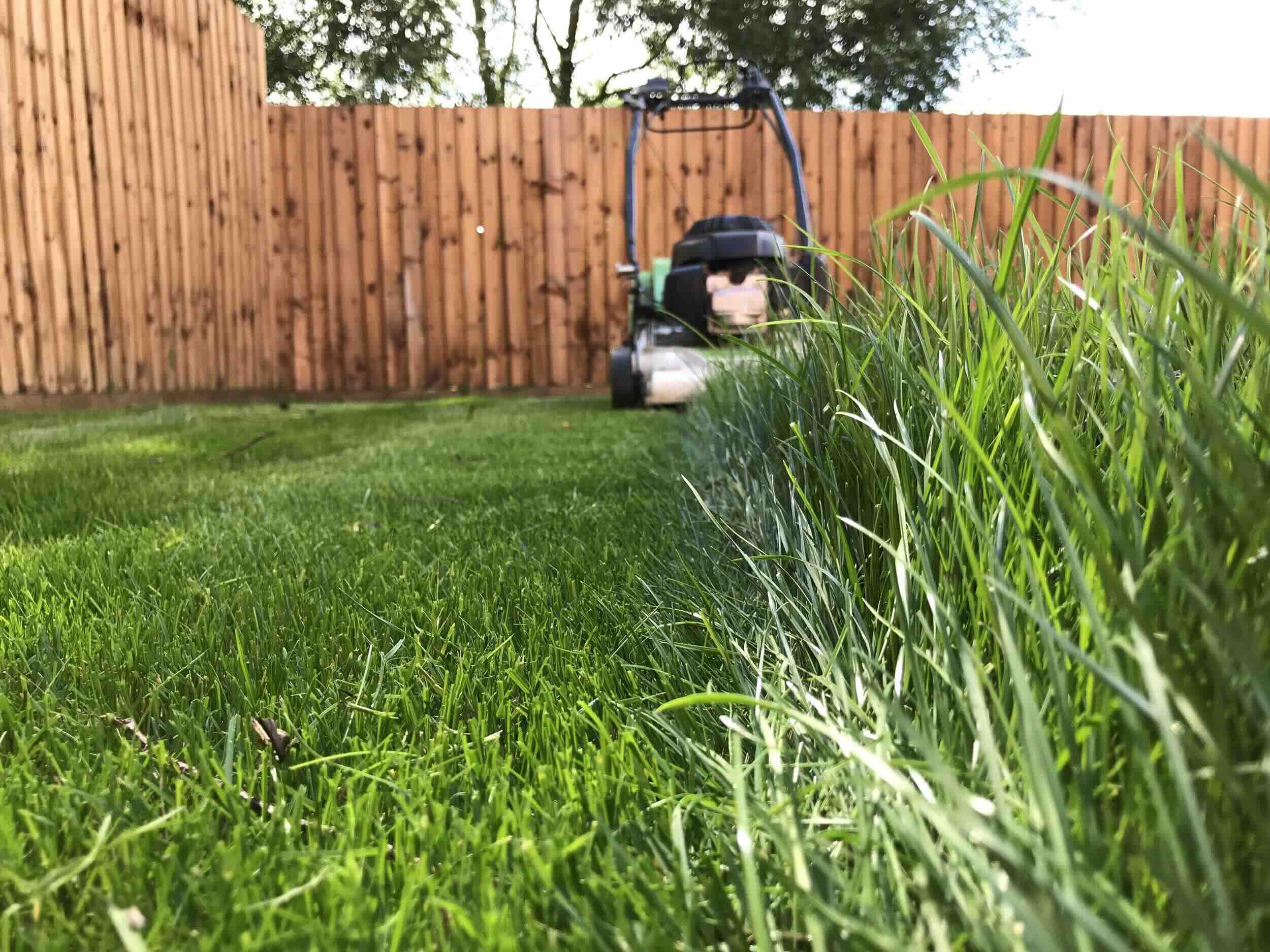
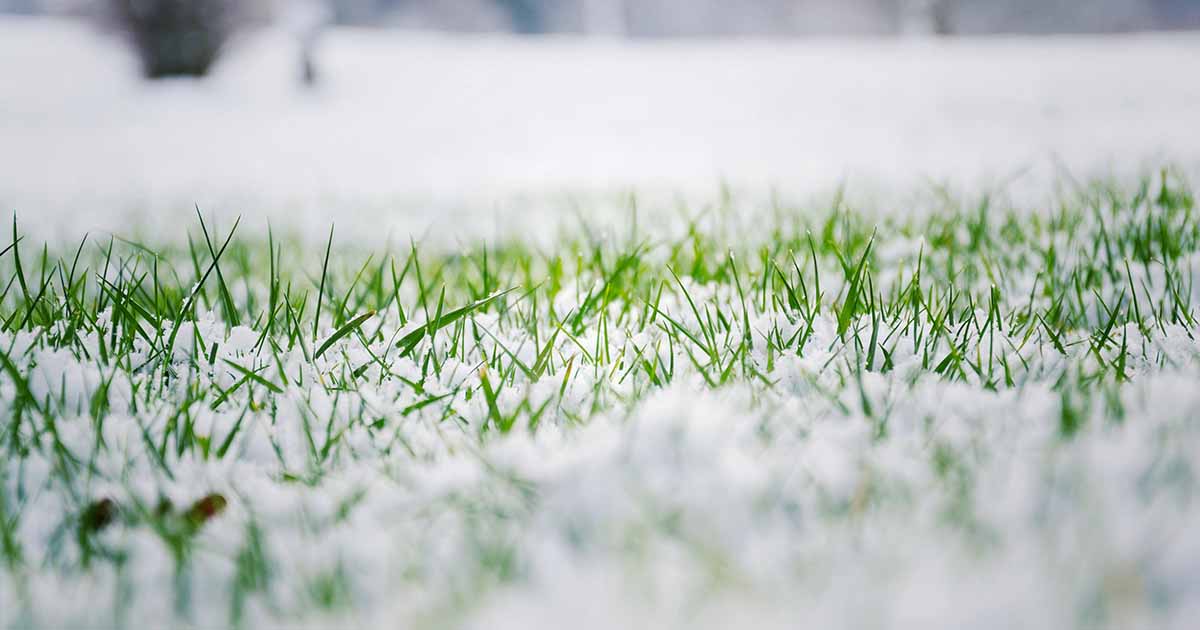
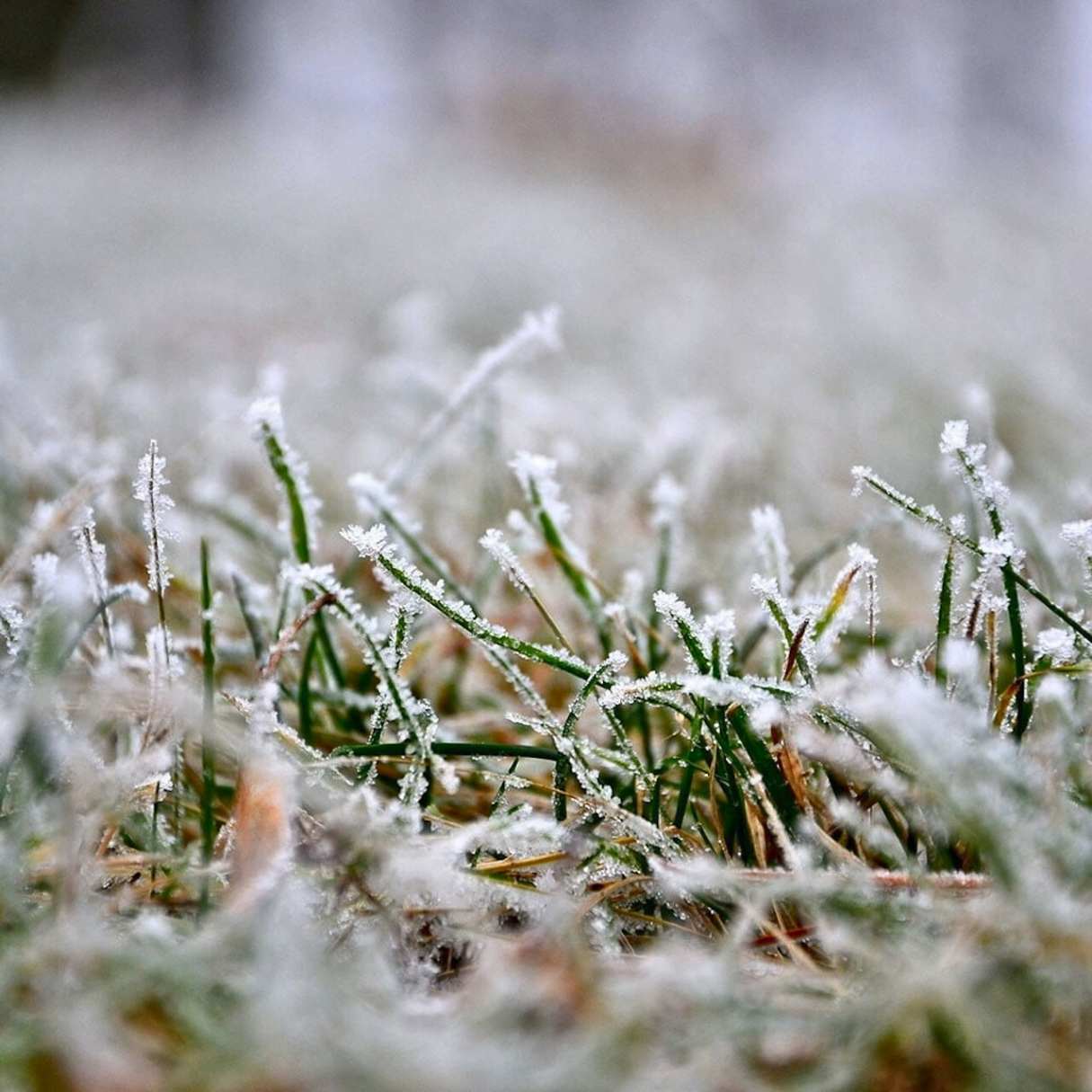
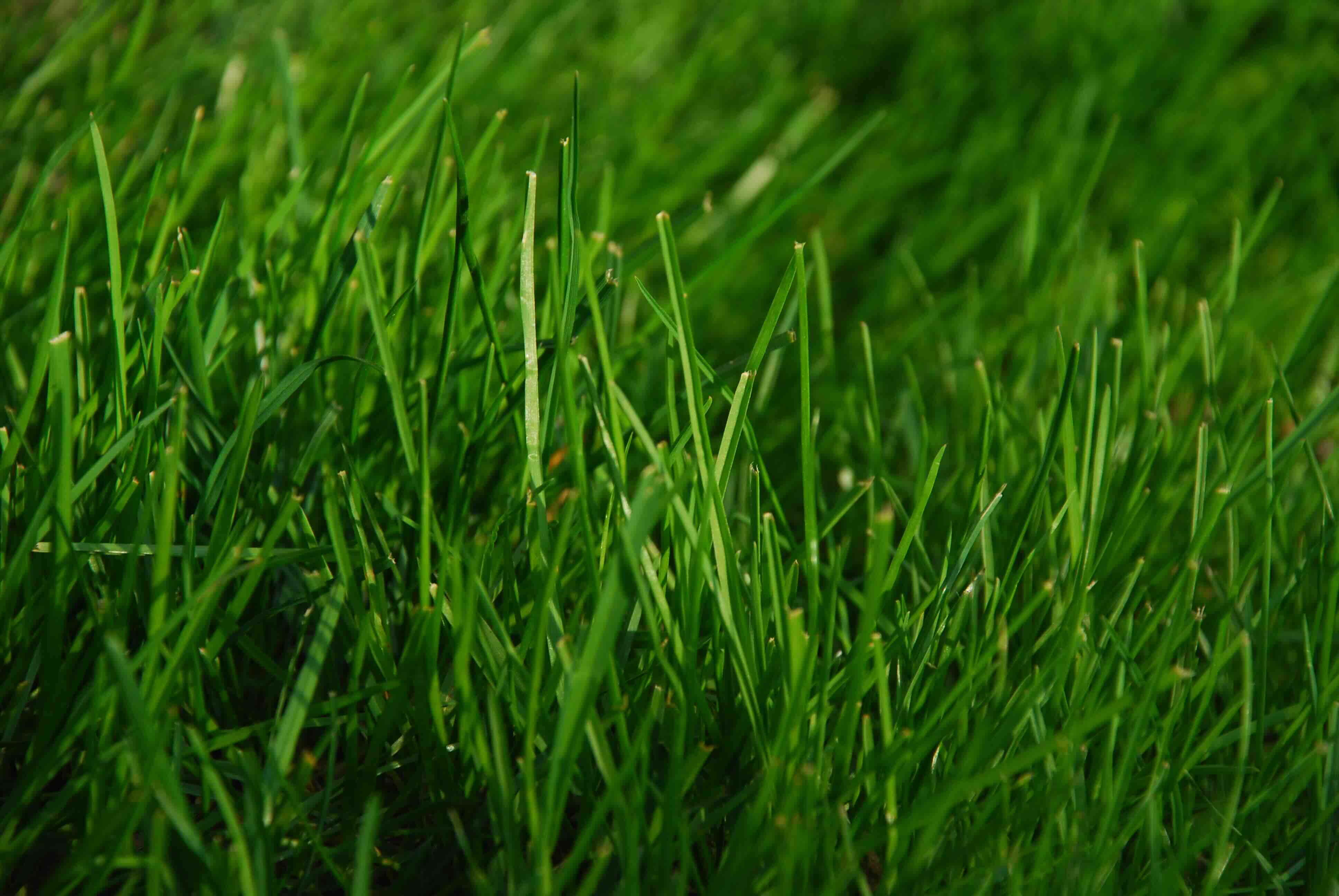

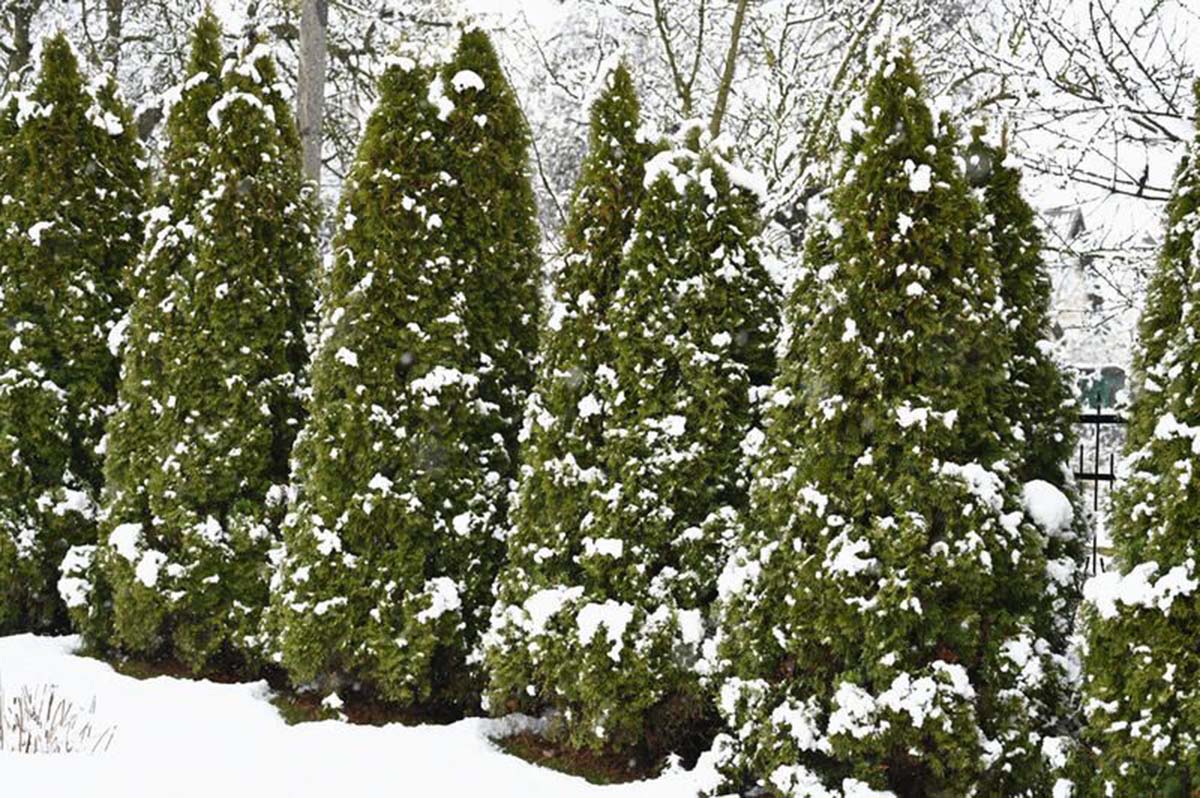
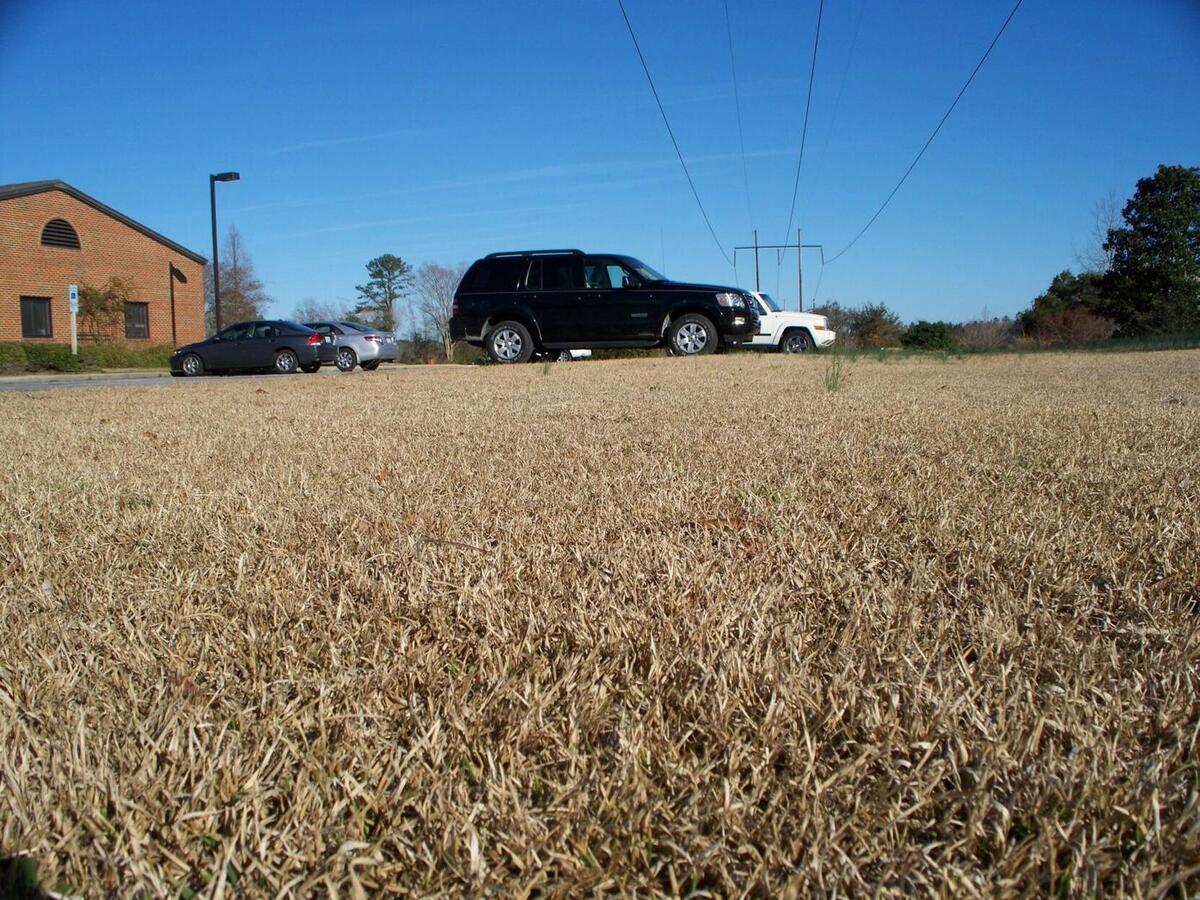
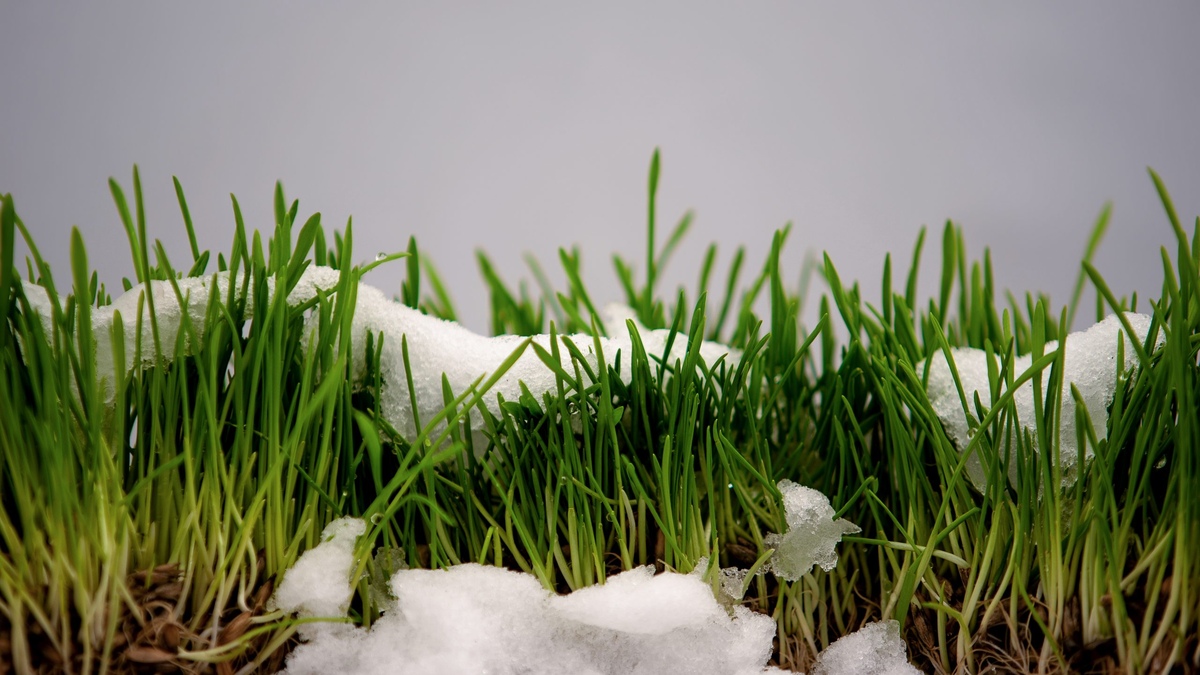
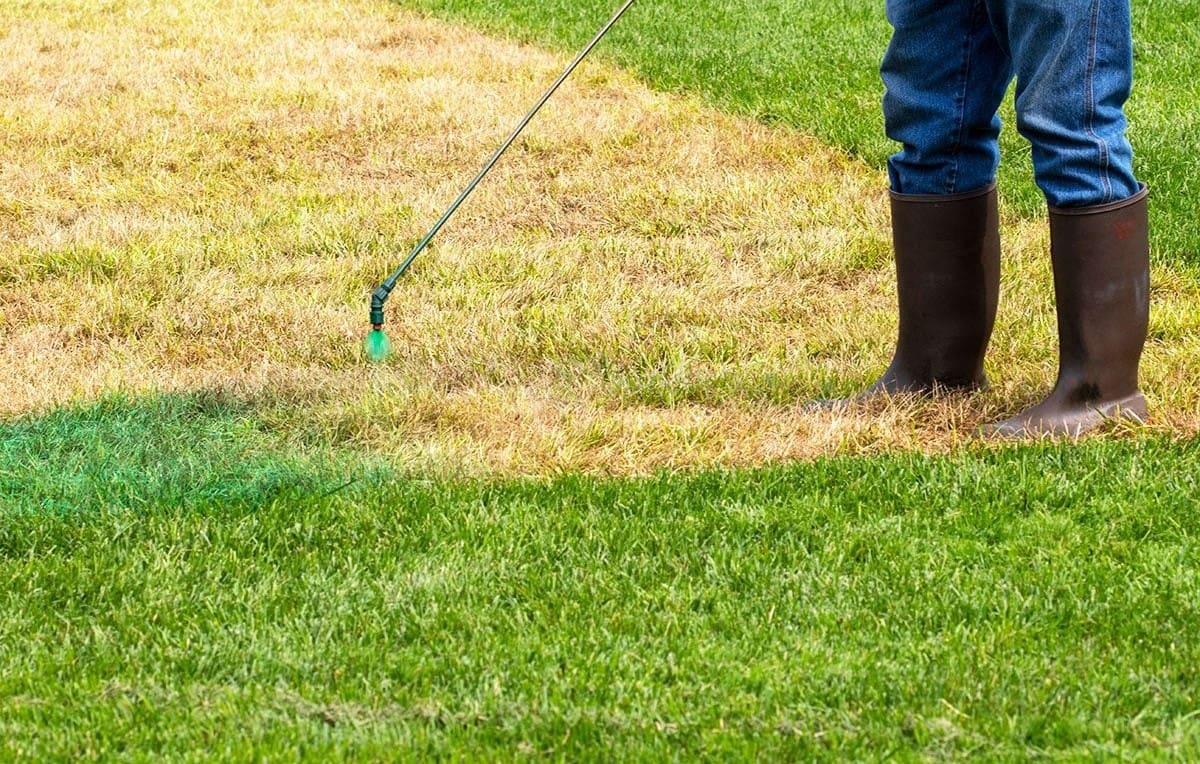
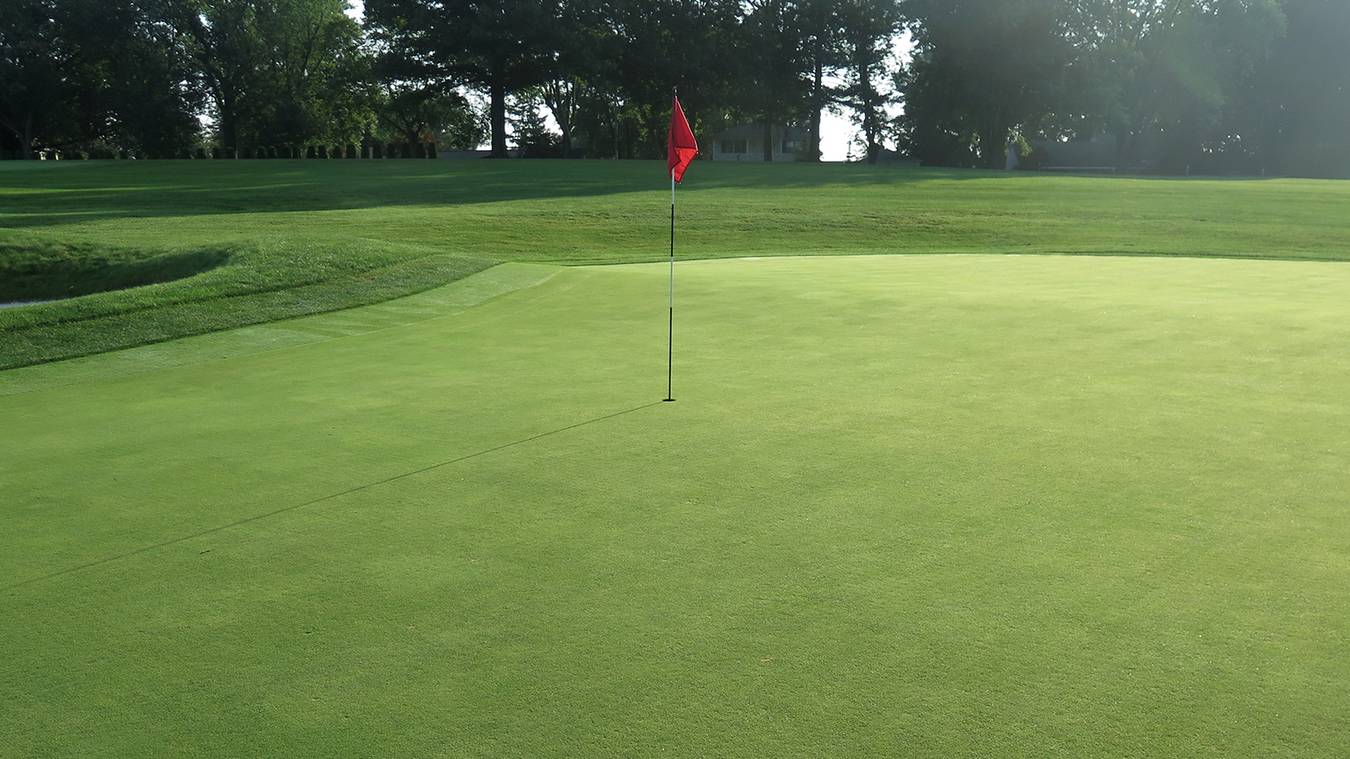
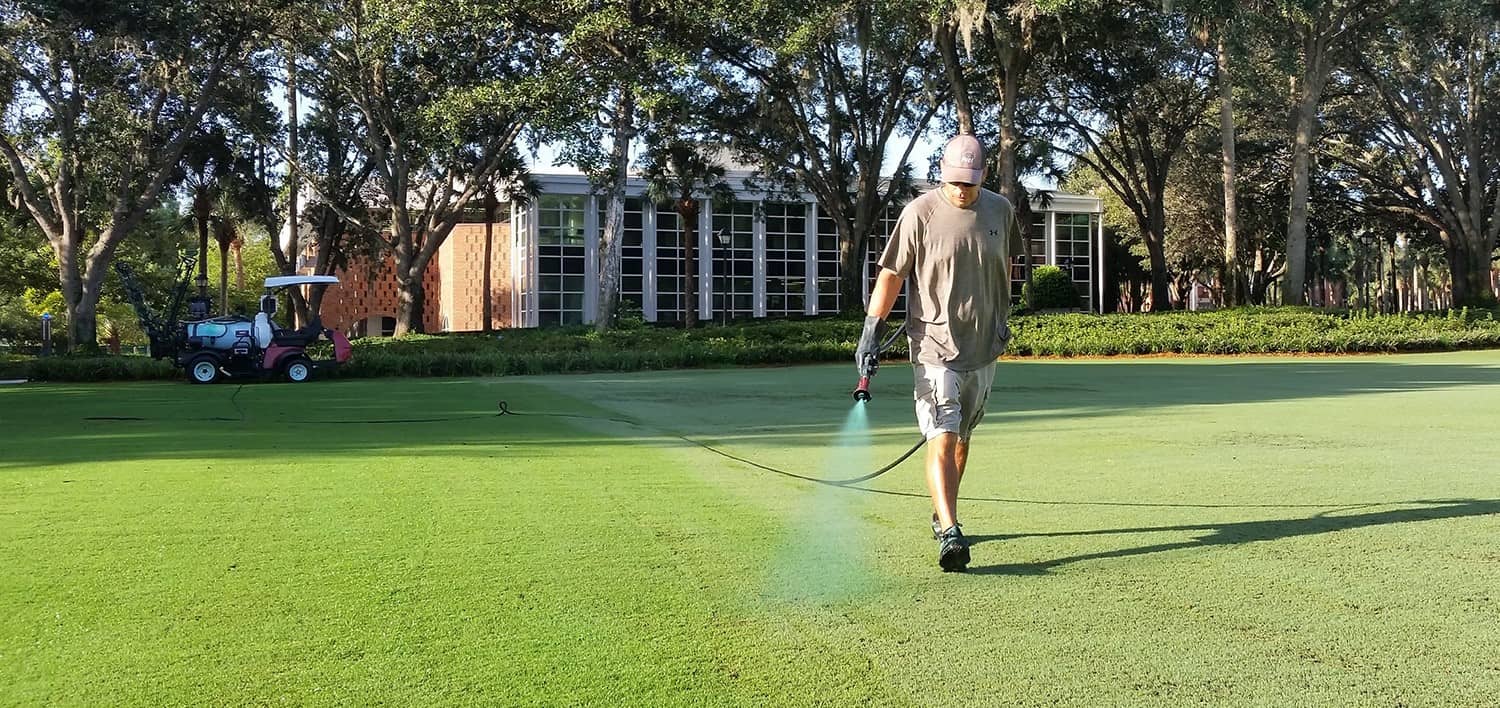

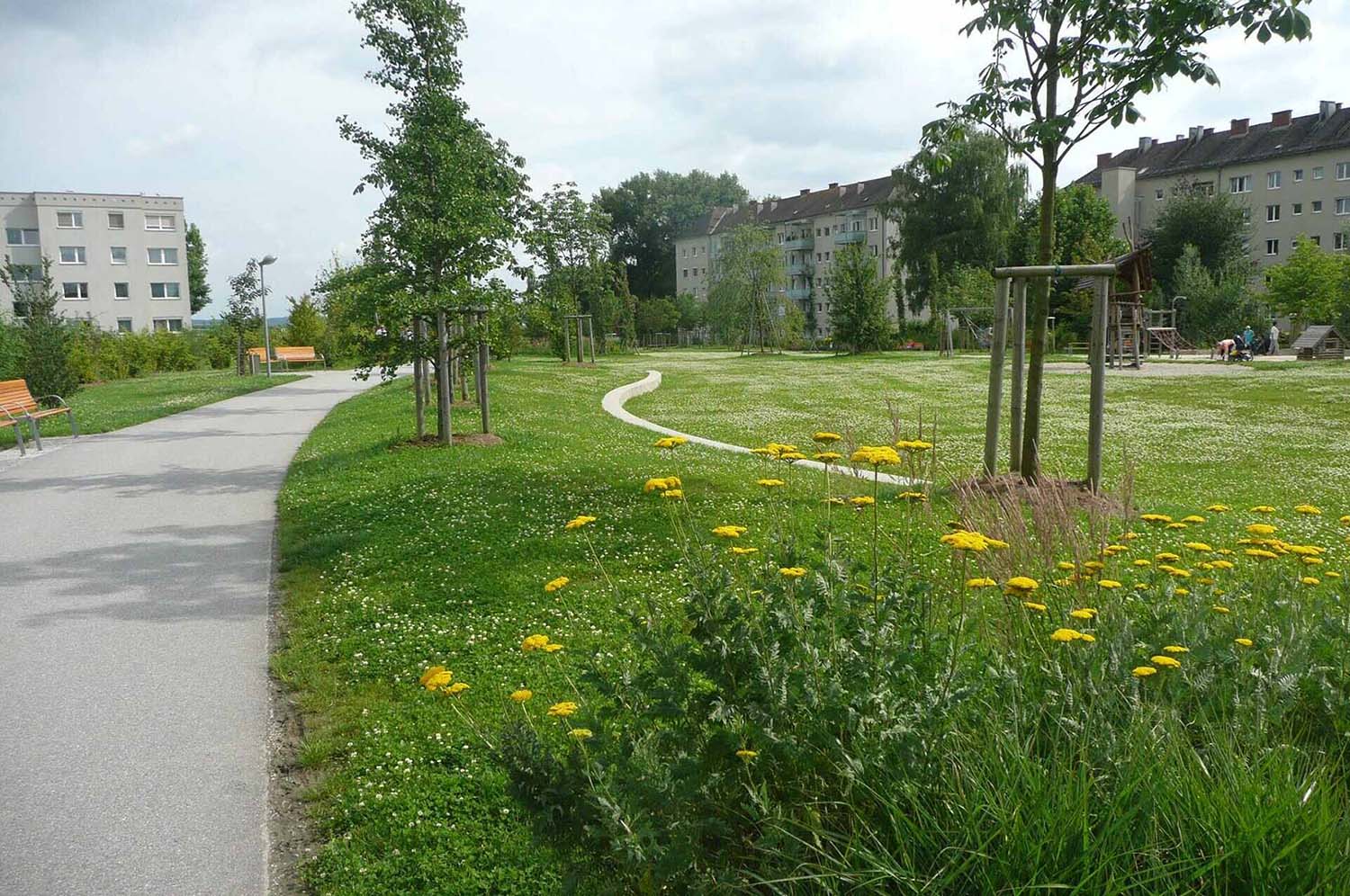
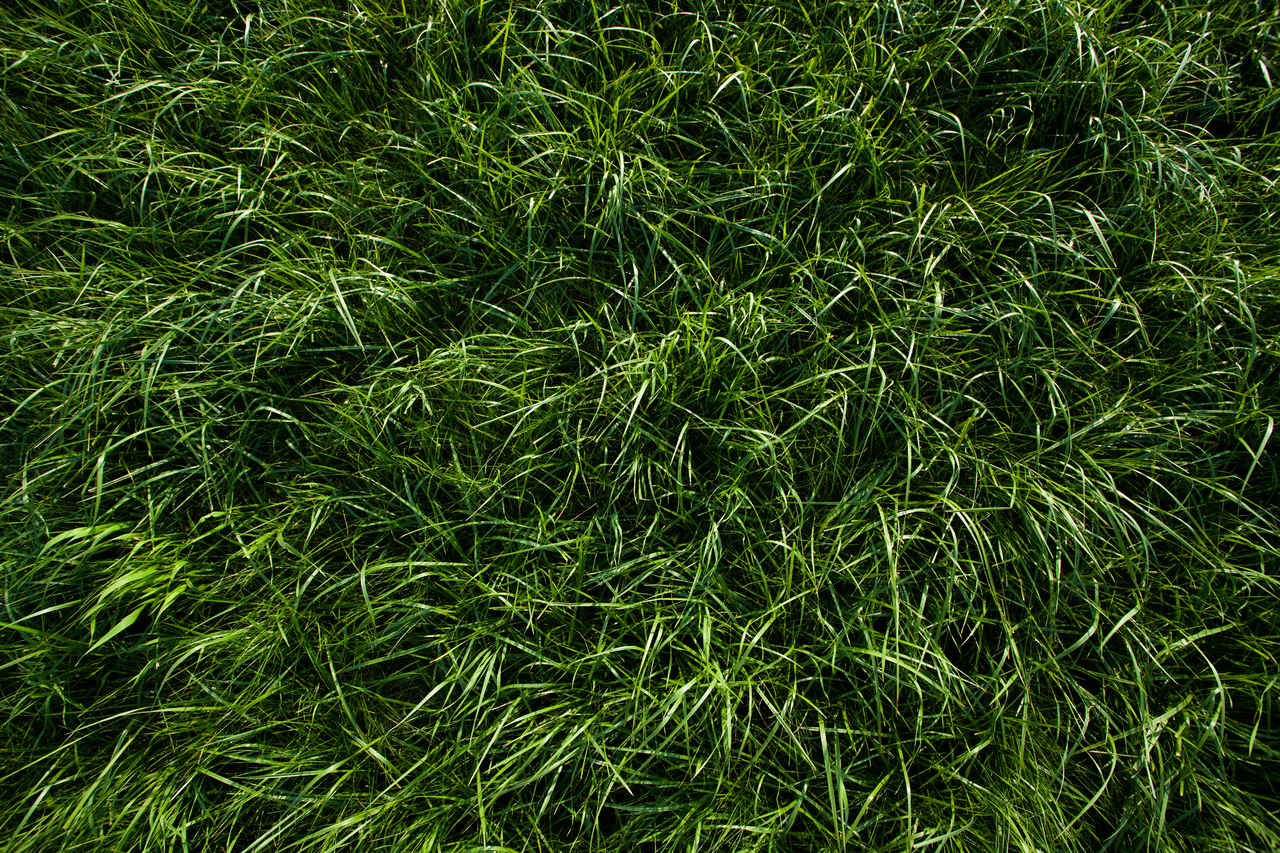

0 thoughts on “What Grass Stays Green In Winter”